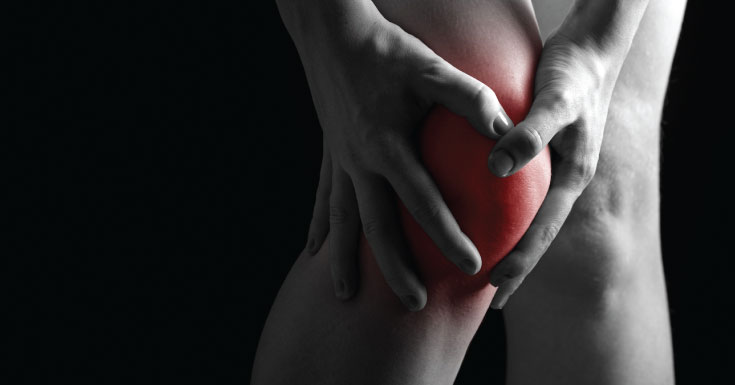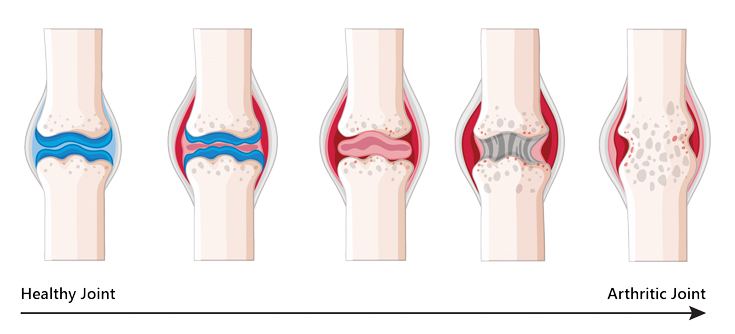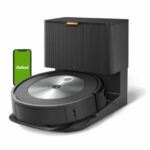When you hear the word ‘arthritis’, young people rarely come to mind. But did you know that arthritis also happens to children? Children suffering from arthritis can be as young as six months to 16 years old. Although arthritis happens more among adults, one in every 1K children in the world suffers from chronic arthritis, and this makes the topic worth addressing.
Arthritis, first and foremost, is an inflammation, swelling and irritation of the synovial (pronounced: suh-no-vee-ul) membrane which lines the joints such as the knees or knuckles. When it becomes inflamed, fluid is produced. The joints become stiff, swollen, painful and warm to the touch. Over time, the inflammation in these joints can damage the cartilage and bone.
The title of this article is Juvenile Idiopathic Arthritis, but it is not just about arthritis among teenagers. The word ‘Idiopathic’ is a medical term doctors use to describe a disease that has no known causes.
Although that may be the case, Juvenile idiopathic arthritis is the most common kind of arthritis among children and teenagers. Children are usually found to have this disease between the ages of six months and 16 years. You also might have heard JIA being referred to as Juvenile Rheumatoid Arthritis or JRA.
What Happens When Someone Has JIA?
Those with JIA may have pain and stiffness that can change from day to day or from morning to afternoon. These symptoms come and go. When the condition becomes more active and the symptoms worsen, it’s known as a ‘flare-up’.
Juvenile Idiopathic Arthritis often causes only minor problems, but in some cases, it can cause serious joint damage or limit growth. Although JIA mostly affects the joints and surrounding tissues, it can also affect other organs like the eyes, liver, heart, and lungs.
JIA is a chronic condition, meaning it can last for months and years. Sometimes the symptoms just go away with treatment, which is known as remission. Remission may last for months, years, or a person’s lifetime. In fact, many teens with JIA eventually enter full remission with little or no permanent joint damage.
Types of JIA
There are seven types of JIA:
1. Systemic JIA affects the whole body. With this type of JIA, someone may have a high fever that often increases in the evenings and may suddenly drop to normal temperature. During the onset of fever, the patient may feel very ill, pale or develop a rash. The rash may suddenly disappear and then just as quickly reappear. The patient’s lymph nodes might become enlarged. Eventually, many of the body’s joints are affected by swelling, pain and stiffness.
2. Oligoarthritis affects four or fewer joints. A person will notice pain, stiffness or swelling, often in the knee and ankle joints. Sometimes oligoarthritis gives someone an inflammation of the iris (the coloured area of the eye) that’s known as iridocyclitis, iritis, or uveitis.
3. Polyarticular arthritis, rheumatoid factor negative is a kind of JIA that affects more girls than boys. A person will have swelling or pain in five or more joints. The small joints of the hands are usually affected as well as the weight-bearing joints like the knees, hips, ankles, feet, and neck. In addition, a person may have a low-grade fever, as well as bumps or nodules on parts of the body subjected to pressure from sitting or leaning.
4. Polyarticular arthritis, rheumatoid factor positive is the type of JIA that is most like adult arthritis. This is one of the least common types of JIA, and it carries a higher risk of joint damage.
5. Psoriatic arthritis is when a person has both psoriasis and arthritis.
6. Enthesitis-related arthritis usually affects the lower joints (like the ankle) and the spine. Kids with this type of arthritis also may have juvenile ankylosing spondylitis if joints of the lower back are inflamed. Arthritis that is accompanied by inflammatory bowel disease (like Crohn’s disease and ulcerative colitis) also falls into this category of JIA.
7. Undifferentiated arthritis is a doctor’s terminology when someone’s arthritis doesn’t fit into any of the above categories or falls into more than one of the six categories described above.
What Causes JIA?
Although doctors don’t yet know exactly what causes JIA, scientists are researching it. Experts do know that JIA happens because of problems with a person’s immune system.
When the immune system isn’t working properly, which is something that happens with JIA, it has difficulties telling the difference between the body’s own tissues and damaging germs. This confusion causes the immune system to attack and damage the body’s healthy tissues. That is what causes the kind of inflammation that goes along with JIA.
JIA isn’t contagious. You can’t catch it from someone else or pass it along to another person the way you might get cold or other infections.
What Do Doctors Do?
It’s not always easy for doctors to diagnose JIA right away. Juvenile Idiopathic Arthritis itself can have lots of different symptoms. Some infections, like Lyme disease, have similar symptoms akin to JIA. So doctors will want to rule out any other possibilities before deciding on a JIA diagnosis.
If a doctor suspects a patient has JIA, he or she will ask about the person’s symptoms. He will also find out if others in the family have had arthritis, and then carry out a complete physical examination to look for joint swelling, eye problems, and rashes. A doctor may also do blood tests and X-rays. In some cases, doctors may use a needle to take a sample of synovial fluid from a person’s joint.
Sometimes, a doctor might need to see a patient for several months to determine the particular type of JIA the person has.
How Is JIA Treated?
When JIA is diagnosed early and treated appropriately, it can usually be managed effectively. There is no cure, but there are many doctors who can help ease the symptoms of JIA and prevent or limit damage to joints.
For some people, taking medications like ibuprofen or naproxen can help reduce inflammation. Some patients need to take a weekly medication called methotrexate. Newer medications — such as etanercept, adalimumab, abatacept, and tocilizumab — can keep the immune system in check and control the disease far better than what was possible a few years ago. For arthritis flare-ups, doctors may also use medicines called corticosteroids (like prednisone), but they try to limit these to avoid side effects.
Physical therapy exercises that improve flexibility and the use of heat can help people with JIA control symptoms. It is rare that joints get damaged in a person’s teens, but surgery can repair damaged joints if needed.
Living With JIA
If you have JIA, it may be hard to get out of bed on some mornings. Periods of inactivity, like sleeping for eight hours, can be followed by stiffness.
It may be tempting to roll back into bed and sleep the day away, but that can make things worse. Even though you may feel lousy sometimes, gentle movements can help you feel better. Just as runners, bodybuilders, and other athletes do stretching exercises to warm up, gentle massaging and stretching can help soothe the muscles and ligaments around sore joints.
Once a person is up and moving, the discomfort usually lessens. Exercise can help keep full motion in your joints and strengthen your muscles and bones. A physical therapist can help you plan an effective exercise program to do at home.
Proper nutrition can improve anyone’s overall health. A dietitian can help you to understand the basics of a healthy diet. For example, when your symptoms flare up, you might feel sick and unable to eat as much. A dietitian can help you find foods that have a higher nutritional value to make up for having a poor appetite.
A positive mental outlook is just as important as exercise and a healthy diet. If you feel depressed or angry, talk to someone who can support you. Tell your parents, your doctor, or a friend about how you feel. It may also help us to do simple things that we often take for granted. For example, each day try to do something that you enjoy and makes you happy.
Most teens with JIA do the same activities as other teens — go to schools, hang out with friends, and stay active physically, academically, and socially. Learning more about JIA and taking charge of your medical care can help some people feel more in control, too.
Your doctor and other medical professionals are there to support you and help you manage the condition so that it has the least possible impact on your life.

Consultant Orthopedic Surgeon,
Columbia Asia Hospital – Tebrau



















